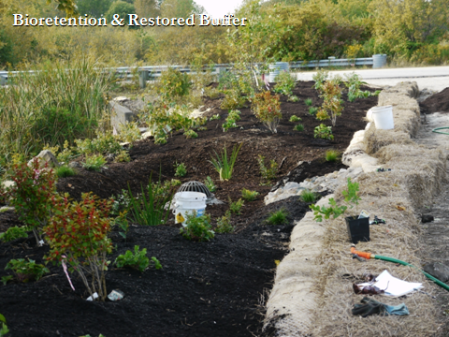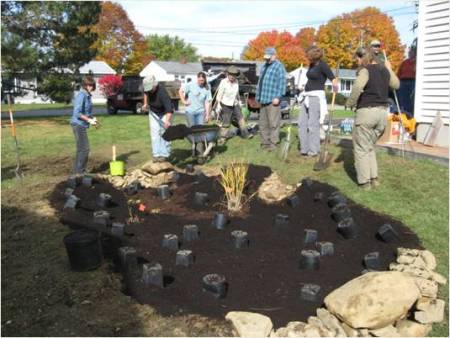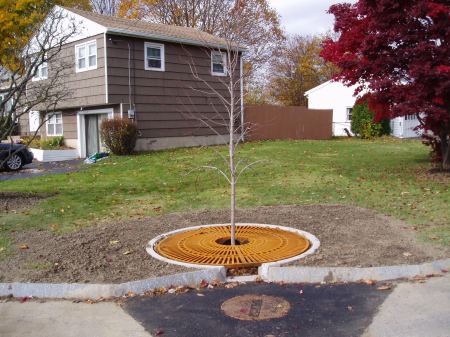The design for Tyco Electronic Subsea Communications new manufacturing center in Newington incorporates stormwater management best practices that will help to protect the Great Bay Estuary, according to recent Seacoast Online editorial. Rob Roseen of the University of New Hampshire’s Stormwater Center reviewed Opechee Construction’s site plan for the facility and found it would exceed EPA requirements by removing “80 percent of solids, 53 percent of phosphorous and 66 percent of nitrogen for the facility’s impervious areas.”
“The total nitrogen load to the Great Bay Estuary increased by 42% in the past five years, largely due to greater stormwater runoff and nonpoint source pollution loads during recent high rainfall years,” according to the Piscataqua Region 2010 Comprehensive Conservation and Management Plan. As part of the solution to this critical threat to the ecological health of the Great Bay Estuary, the plan calls for the increased use of stormwater management techniques to remove nitrogen. Tyco Electronic Subsea Communications is heeding that call, while at the same time creating news jobs for the seacoast region.



 Posted by David Anderson
Posted by David Anderson 

